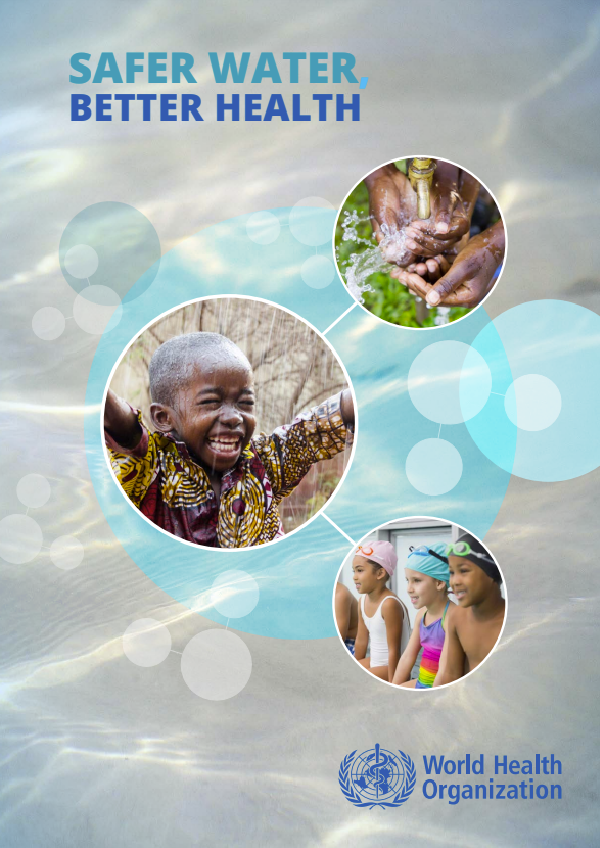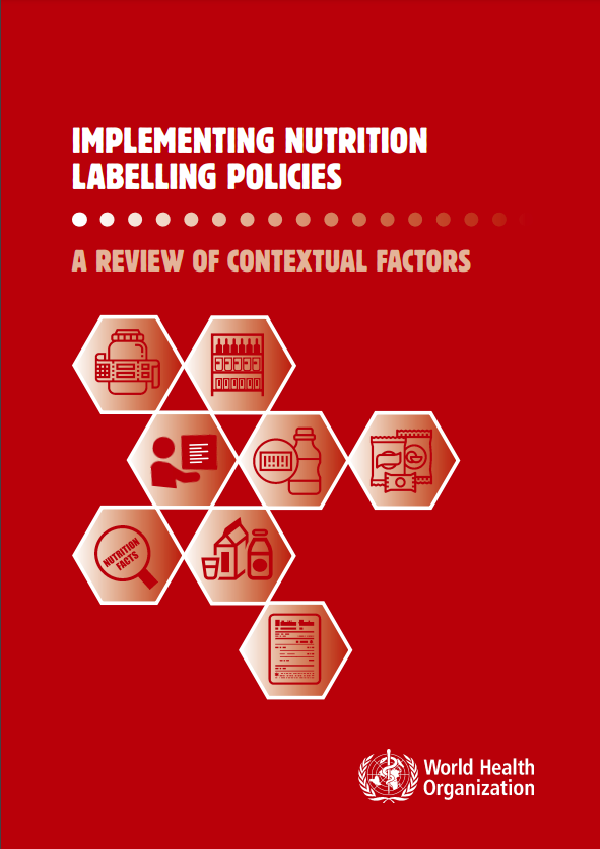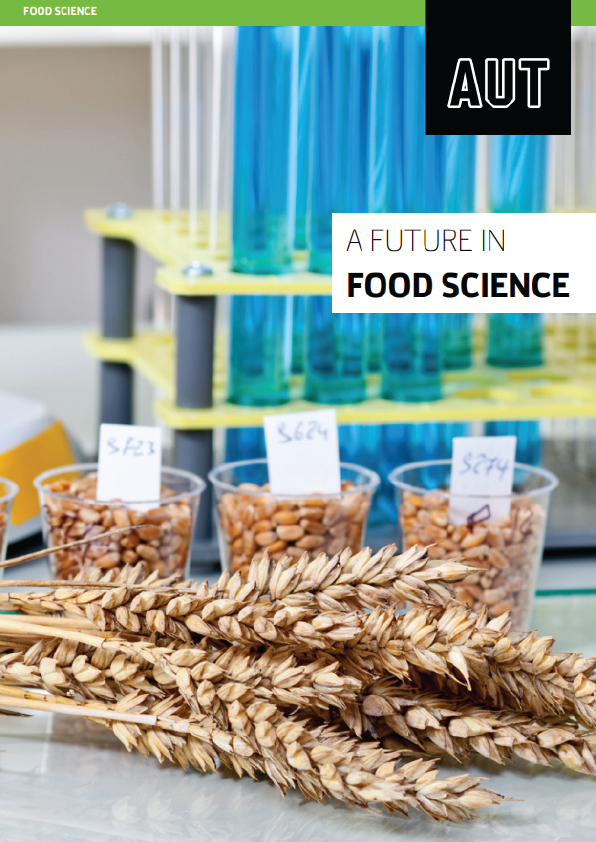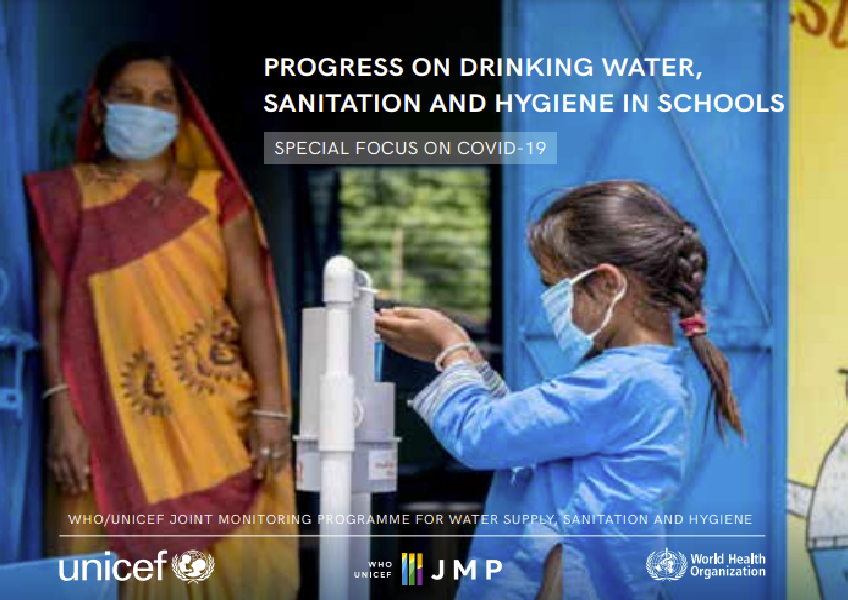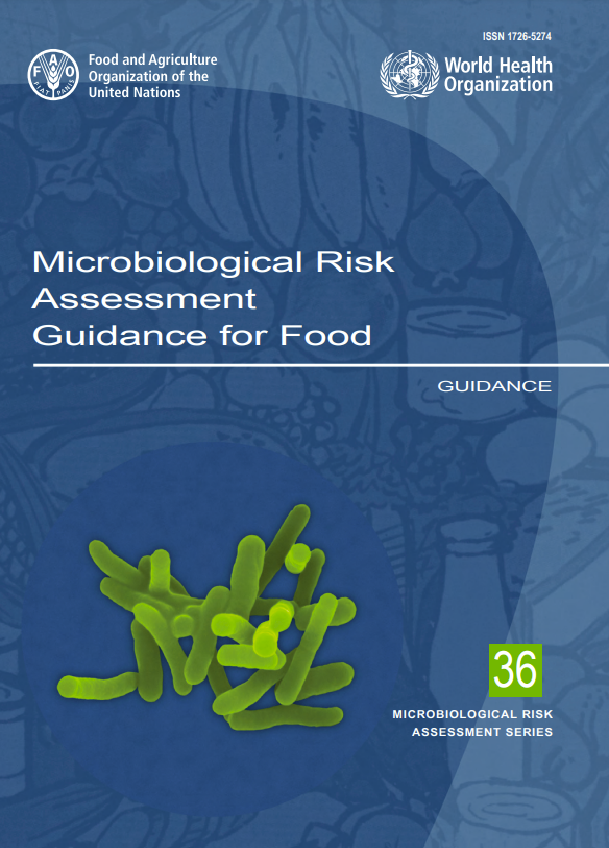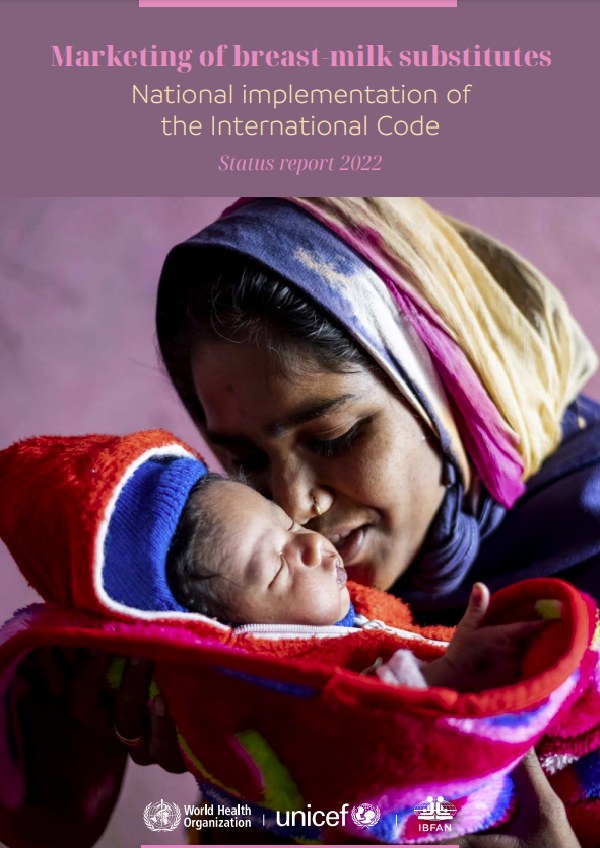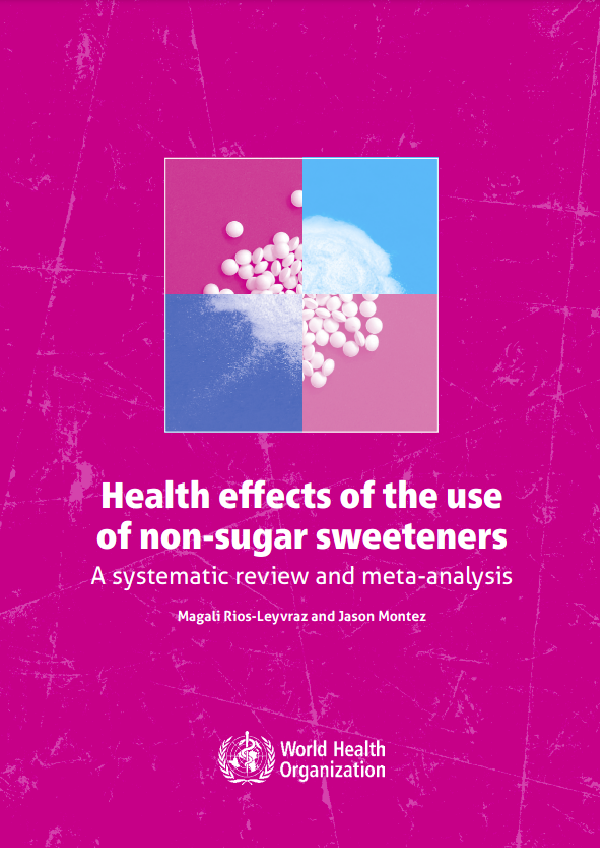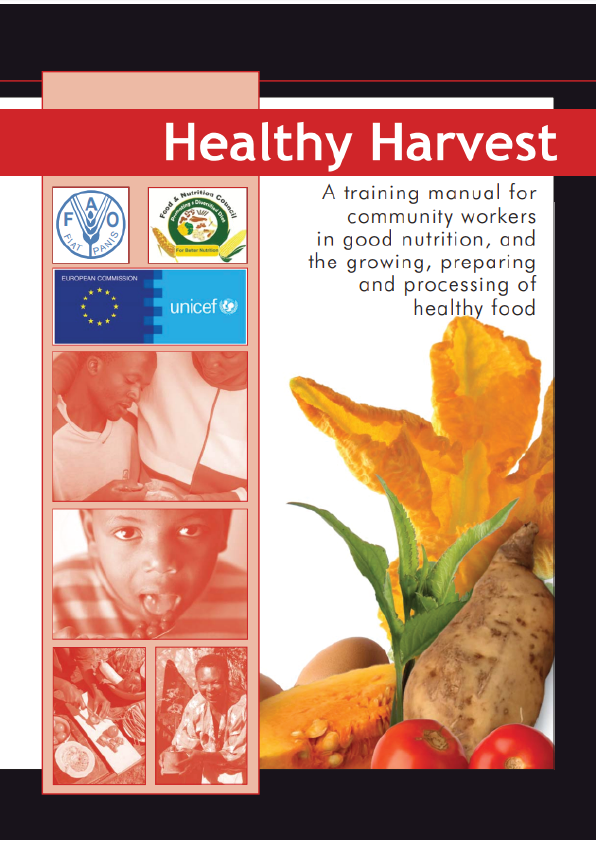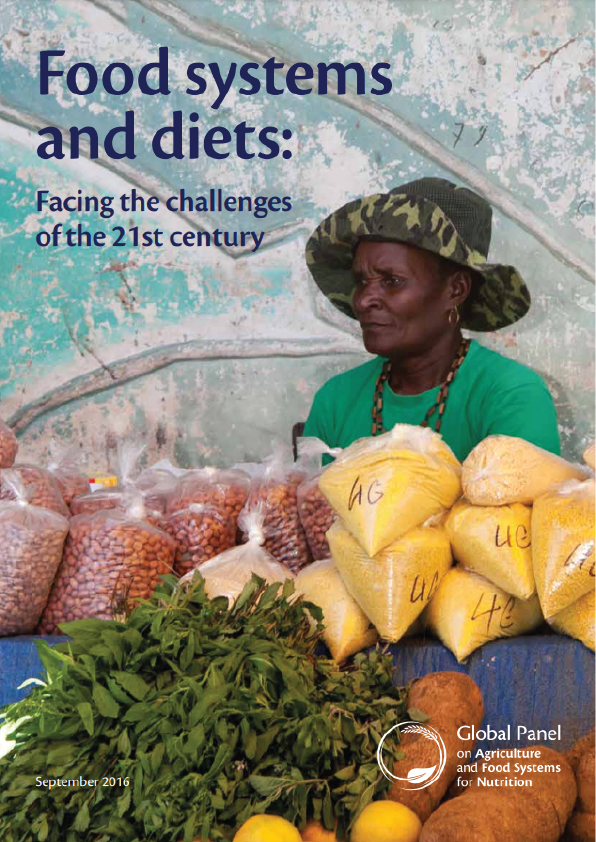Ensuring the access of all people to sufficient, safe water and adequate sanitation and encouraging personal, domestic and community hygiene will improve the health and quality of life of millions of individuals. Adequate WASH is essential not only to reduce the large burden of disease from, for example diarrhoea, respiratory infections and malnutrition, but also for the control and elimination of many neglected tropical diseases, which affect over 1 billion people in 149 tropical and subtropical countries (3, 4). Furthermore, cholera is still endemic in at least 47 countries, with an estimated 2.9 million cases and 95 000 deaths per year worldwide (4–6).
Antimicrobial resistance (AMR) can have devastating consequences on health and the cost of treatment (7). In communities, access to adequate WASH contributes to reducing the risk of infectious diseases and overuse of antibiotics. Health care facilities and pharmaceutical industries that do not adequately manage their waste also contribute to AMR, and lack of adequate WASH services in health care facilities increases the risks of patients, caretakers and health care workers for infection (8).
Better management of water resources to reduce the transmission of vector-borne diseases, such as viral diseases carried by mosquitoes, and to make water bodies safe for recreational and other users can save many lives and also has direct and indirect economic benefits, from the level of households to national economies. The global importance of adequate WASH for development, poverty reduction and health is reflected in the Sustainable Development Goals (SDGs) (9). SDG 6, “Ensure access to water and sanitation for all” is entirely devoted to improved WASH, and links to many other SDGs can be identified (Box 1).
Information on the disease burden attributable to inadequate WASH and approaches for prevention is a starting point for effective interventions. WHO recently estimated the disease burden (numbers of deaths and DALYs) from diarrhoeal disease, respiratory infections, malnutrition, schistosomiasis, malaria, soil-transmitted helminthiasis and trachoma attributable to inadequate WASH (12). Previously, WHO made a comprehensive analysis of the environmental burden of disease and proposed effective interventions (1). This updated version of “Safer water, better health” is based on those assessments.
WHO defines health as “a state of complete physical, mental and social well-being and not merely the absence of disease or infirmity” (13). This document summarizes recent evidence on the links between inadequate WASH, with a focus on water, and disease, adverse health outcomes and injuries. Many diseases and emerging issues such as AMR, however, have not been sufficiently quantified, and the disease burden in non-household settings could not be included (Table 1, and section on limitations). The evidence with regard to WASH and health is presented by disease, with effective interventions and cost–effectiveness analyses. The global health impacts provided are based mainly on rigorous assessments (comparative risk assessments, CRAs), complemented by analyses of more limited epidemiological data, information on disease transmission pathways and expert opinion.
Methods
For the purpose of this assessment, WASH conceptually encompasses drinking-water; water for personal hygiene; water systems; excreta and wastewater management; personal, domestic and agricultural hygiene; and water resources and related vector management. This assessment concentrates on the part of risk that is modifiable without impairing other ecosystem functions.
The fraction of disease attributable to WASH (the “population attributable fraction”) that could be prevented by environmental improvement is the proportional reduction in deaths or disease that would occur if exposure to a risk were removed or reduced to an alternative (or counterfactual) exposure distribution. To estimate the comprehensive impacts of water-related risks on health worldwide, population attributable fractions were estimated or available fractions compiled for each disease to obtain the numbers of preventable deaths and the disease burden in DALYs, a combined measure of the years of life lost to premature mortality and to disability. Not all impacts on health may have been assessed. For each of the diseases and injuries covered in this report, the literature was systematically searched to identify the best evidence.
Four approaches were used to estimate the fractions of disease attributable to WASH-related risks, according to the availability of estimates, evidence on exposures and exposure–risk relations and information on disease transmission pathways. In order of priority, the following approaches were used:
Comparative risk assessment (CRA) generally provides estimates based on the strongest evidence and the most comprehensive data.
Calculations based on limited epidemiological data were performed if data on exposure or the exposure–response relation were not sufficient for CRA.
Certain diseases were attributed entirely to inadequate WASH according to knowledge of their transmission pathways.
Expert surveys were used when CRAs were not available and information on exposure and/or exposure–risk relations from limited epidemiological data were insufficient.
